Irrigation Systems Design Manual (Volume1)
Usually dispatched in 2 to 3 days
Usually dispatched in 2 to 3 days
Category:
Irrigation & Agriculture
This Irrigation Manual provides a foundation for sustainable development of the irrigation system in line with Abu Dhabi 2030 Urban Structure Framework Plan (UPC 2030), Abu Dhabi Landscape Master Plan, Estimada Guidelines and Environment Agency-Abu Dhabi (EAD)’s Environmental Strategy 2030. The Irrigation Manual builds on Estimada guidelines to produce an irrigation design and management strategy which promotes low water demand through efficient irrigation networks.
Only logged in customers who have purchased this product may leave a review.
Related products
Optimizing Plant Water Use Efficiency for a Sustainable Environment
The rising shortage of water resources in crop-producing regions worldwide and the need for irrigation optimisation call for sustainable water savings. The allocation of irrigation water will be an ever-increasing source of pressure because of vast agricultural demands under changing climatic conditions. Consequently, irrigation has to be closely linked with water-use efficiency with the aim of boosting productivity and improving food quality, singularly in those regions where problems of water shortages or collection and delivery are widespread. The present Special Issue (SI) showcases 19 original contributions, addressing water-use efficiency in the context of sustainable irrigation management to meet water scarcity conditions. These papers cover a wide range of subjects including (i) interaction mineral nutrition and irrigation in horticultural crops, (ii) sustainable irrigation in woody fruit crops, (iii) medicinal plants, (iv) industrial crops, and (v) other topics devoted to remote sensing techniques and crop water requirements, genotypes for drought tolerance, and agricultural management.
Optimizing Plant Water Use Efficiency for a Sustainable Environment
The rising shortage of water resources in crop-producing regions worldwide and the need for irrigation optimisation call for sustainable water savings. The allocation of irrigation water will be an ever-increasing source of pressure because of vast agricultural demands under changing climatic conditions. Consequently, irrigation has to be closely linked with water-use efficiency with the aim of boosting productivity and improving food quality, singularly in those regions where problems of water shortages or collection and delivery are widespread. The present Special Issue (SI) showcases 19 original contributions, addressing water-use efficiency in the context of sustainable irrigation management to meet water scarcity conditions. These papers cover a wide range of subjects including (i) interaction mineral nutrition and irrigation in horticultural crops, (ii) sustainable irrigation in woody fruit crops, (iii) medicinal plants, (iv) industrial crops, and (v) other topics devoted to remote sensing techniques and crop water requirements, genotypes for drought tolerance, and agricultural management.
Modelling and Management of Irrigation System
Irrigation is becoming an activity of precision, where combining information collected from various sources is necessary to optimally manage resources. New management strategies, such as big data techniques, sensors, artificial intelligence, unmanned aerial vehicles (UAV), and new technologies in general, are becoming more relevant every day. As such, modeling techniques, both at the water distribution network and the farm levels, will be essential to gather information from various sources and offer useful recommendations for decision-making processes. In this book, 10 high quality papers were selected that cover a wide range of issues that are relevant to the different aspects related to irrigation management: water source and distribution network, plot irrigation systems, and crop water management.
Modelling and Management of Irrigation System
Irrigation is becoming an activity of precision, where combining information collected from various sources is necessary to optimally manage resources. New management strategies, such as big data techniques, sensors, artificial intelligence, unmanned aerial vehicles (UAV), and new technologies in general, are becoming more relevant every day. As such, modeling techniques, both at the water distribution network and the farm levels, will be essential to gather information from various sources and offer useful recommendations for decision-making processes. In this book, 10 high quality papers were selected that cover a wide range of issues that are relevant to the different aspects related to irrigation management: water source and distribution network, plot irrigation systems, and crop water management.
Soil Water and Agronomic Productivity
The need for an efficient use of soil water is.also enhanced by the lack of availability of freshwater
supply for supplemental irrigation. Global water use for agriculture,.as a percentage of the total water
use,was 81.4% in 1900, 72.3% in 1950, 68.2% in 1975, and 56.7% in 2000. Global water use for urban
purposes (km 3/year) was 20 in 1900, 60 in 1950, 150 in 1975, and 440 in 2000. Similarly, global water
use (km 3/year) for industrial purposes was 30 in 1900, 190 in 1950, 630 in 1975, and 1900 in 2000
Availability of water for irrigation is also constrained by the diversion to fossil fuel production
and eutrophication/pollution of water resources. One liter of bioethanol production requires 3500L
of fresh water. Thus, there is a strong and prime need for conserving, recycling, and improving soil-
water resources to meet the food demands of the growing world population.
supply for supplemental irrigation. Global water use for agriculture,.as a percentage of the total water
use,was 81.4% in 1900, 72.3% in 1950, 68.2% in 1975, and 56.7% in 2000. Global water use for urban
purposes (km 3/year) was 20 in 1900, 60 in 1950, 150 in 1975, and 440 in 2000. Similarly, global water
use (km 3/year) for industrial purposes was 30 in 1900, 190 in 1950, 630 in 1975, and 1900 in 2000
Availability of water for irrigation is also constrained by the diversion to fossil fuel production
and eutrophication/pollution of water resources. One liter of bioethanol production requires 3500L
of fresh water. Thus, there is a strong and prime need for conserving, recycling, and improving soil-
water resources to meet the food demands of the growing world population.
Soil Water and Agronomic Productivity
The need for an efficient use of soil water is.also enhanced by the lack of availability of freshwater
supply for supplemental irrigation. Global water use for agriculture,.as a percentage of the total water
use,was 81.4% in 1900, 72.3% in 1950, 68.2% in 1975, and 56.7% in 2000. Global water use for urban
purposes (km 3/year) was 20 in 1900, 60 in 1950, 150 in 1975, and 440 in 2000. Similarly, global water
use (km 3/year) for industrial purposes was 30 in 1900, 190 in 1950, 630 in 1975, and 1900 in 2000
Availability of water for irrigation is also constrained by the diversion to fossil fuel production
and eutrophication/pollution of water resources. One liter of bioethanol production requires 3500L
of fresh water. Thus, there is a strong and prime need for conserving, recycling, and improving soil-
water resources to meet the food demands of the growing world population.
supply for supplemental irrigation. Global water use for agriculture,.as a percentage of the total water
use,was 81.4% in 1900, 72.3% in 1950, 68.2% in 1975, and 56.7% in 2000. Global water use for urban
purposes (km 3/year) was 20 in 1900, 60 in 1950, 150 in 1975, and 440 in 2000. Similarly, global water
use (km 3/year) for industrial purposes was 30 in 1900, 190 in 1950, 630 in 1975, and 1900 in 2000
Availability of water for irrigation is also constrained by the diversion to fossil fuel production
and eutrophication/pollution of water resources. One liter of bioethanol production requires 3500L
of fresh water. Thus, there is a strong and prime need for conserving, recycling, and improving soil-
water resources to meet the food demands of the growing world population.
Modern Fruit Industry
The effectiveness on several fruits by the application of alternative methods against fungi is summarized in the present chapter. Several investigations have reported the efficacy of these technologies for controlling fungal infections. Currently, high post-harvest loses have been reported due to several factors such as inefficient management, lack of training for farmers, and problems with appropriate conditions for storage of fruits and vegetables. Even now, in many countries, post-harvest disease control is led by the application of chemical fungicides.
Modern Fruit Industry
The effectiveness on several fruits by the application of alternative methods against fungi is summarized in the present chapter. Several investigations have reported the efficacy of these technologies for controlling fungal infections. Currently, high post-harvest loses have been reported due to several factors such as inefficient management, lack of training for farmers, and problems with appropriate conditions for storage of fruits and vegetables. Even now, in many countries, post-harvest disease control is led by the application of chemical fungicides.
Soil Water Flow And Irrigated Soil Water Balance In Response To Powder River Basin Coalbed Methane Product Water
In the soil columns experiment, A and B horizon materials from sandy loam, silt loam, and clay loam soils were pre-treated with water having salinity and sodicity typical of PRB CBM water or of Powder River (PR) water currently used for irrigation in the basin. Tension infiltrometer measurements were used to determine infiltration flux, first using pre-treatment water, and subsequently deionized (DI) water, simulating rainwater. Measurements were compared by pre-treatment water, horizon, and soil type. Under pre-treatment water testing, the sandy loam and clay loam soils pre-treated with CBM water exhibited smaller infiltration flux values than when pre-treated with PR water. Only the sandy loam soil showed a greater decrease in infiltration flux with DI water on soils pre-treated with CBM relative to PR water pre-treated soils. There was no difference in infiltration flux decrease with DI water between A and B horizon soils, or between smectite and non-smectite soils.
Soil Water Flow And Irrigated Soil Water Balance In Response To Powder River Basin Coalbed Methane Product Water
In the soil columns experiment, A and B horizon materials from sandy loam, silt loam, and clay loam soils were pre-treated with water having salinity and sodicity typical of PRB CBM water or of Powder River (PR) water currently used for irrigation in the basin. Tension infiltrometer measurements were used to determine infiltration flux, first using pre-treatment water, and subsequently deionized (DI) water, simulating rainwater. Measurements were compared by pre-treatment water, horizon, and soil type. Under pre-treatment water testing, the sandy loam and clay loam soils pre-treated with CBM water exhibited smaller infiltration flux values than when pre-treated with PR water. Only the sandy loam soil showed a greater decrease in infiltration flux with DI water on soils pre-treated with CBM relative to PR water pre-treated soils. There was no difference in infiltration flux decrease with DI water between A and B horizon soils, or between smectite and non-smectite soils.
Water and Agriculture: Towards Sustainable Solutions
The main pressures from agriculture are linked to diffuse pollution from nutrients and chemicals, water abstraction and hydromorphological changes. Often several pressures act at the same time, potentially increasing the range of ecological impacts. According to information reported under the WFD, around one third of surface water bodies fail to achieve good status because of one or several of these pressures.
Water and Agriculture: Towards Sustainable Solutions
The main pressures from agriculture are linked to diffuse pollution from nutrients and chemicals, water abstraction and hydromorphological changes. Often several pressures act at the same time, potentially increasing the range of ecological impacts. According to information reported under the WFD, around one third of surface water bodies fail to achieve good status because of one or several of these pressures.
The Green Side of the Water Cycle: New Advances in the Study of Plant Water Dynamics
Precision irrigation is becoming a crucial management approach for environmentally and
economically sustainable fruit tree production. The vast majority of fruit crops need irrigation
supply as rainfall does not match crop water requirements (Stöckle et al., 2011; Snyder, 2017).
In most cases of fruit crops cultivated in dry areas, rainfed agriculture is not sustainable and
deficit irrigation (DI) is a reasonable strategy to improve water use efficiency. Fereres and
Soriano (2007) highlighted the benefits of regulated DI as a strategy to reduce agricultural
water use. The main purpose of regulated DI is to reduce irrigation at specific developmental
stages of the crop with no or limited effects on yield. The use of DI in different phenological
stages of fruit crops started in the 1980s by Chalmers et al. (1981, 1986).
The Green Side of the Water Cycle: New Advances in the Study of Plant Water Dynamics
Precision irrigation is becoming a crucial management approach for environmentally and
economically sustainable fruit tree production. The vast majority of fruit crops need irrigation
supply as rainfall does not match crop water requirements (Stöckle et al., 2011; Snyder, 2017).
In most cases of fruit crops cultivated in dry areas, rainfed agriculture is not sustainable and
deficit irrigation (DI) is a reasonable strategy to improve water use efficiency. Fereres and
Soriano (2007) highlighted the benefits of regulated DI as a strategy to reduce agricultural
water use. The main purpose of regulated DI is to reduce irrigation at specific developmental
stages of the crop with no or limited effects on yield. The use of DI in different phenological
stages of fruit crops started in the 1980s by Chalmers et al. (1981, 1986).
Agroecological Approaches for Soil Health and Water Management
In the last century, innovations in agricultural technologies centered on maximizing food production to feed the growing population have contributed to significant changes in agroecosystem processes, including carbon, nutrients, and water cycling. There are growing concerns regarding soil fertility depletion, soil carbon loss, greenhouse gas emissions, irrigational water scarcity, and water pollution, affecting soil health, agricultural productivity, systems sustainability, and environmental quality. Soils provide the foundation for food production, soil water and nutrient cycling, and soil biological activities. Therefore, an improved understanding of biochemical pathways of soil organic matter and nutrient cycling, microbial community involved in regulating soil health, and soil processes associated with water flow and retention in soil profile helps design better agricultural systems and ultimately support plant growth and productivity. This book, Agroecological Approaches in Soil and Water Management, presents a collection of original research and review papers studying physical, chemical, and biological processes in soils and discusses multiple ecosystem services, including carbon sequestration, nutrients and water cycling, greenhouse gas emissions, and agro-environmental sustainability.
Agroecological Approaches for Soil Health and Water Management
In the last century, innovations in agricultural technologies centered on maximizing food production to feed the growing population have contributed to significant changes in agroecosystem processes, including carbon, nutrients, and water cycling. There are growing concerns regarding soil fertility depletion, soil carbon loss, greenhouse gas emissions, irrigational water scarcity, and water pollution, affecting soil health, agricultural productivity, systems sustainability, and environmental quality. Soils provide the foundation for food production, soil water and nutrient cycling, and soil biological activities. Therefore, an improved understanding of biochemical pathways of soil organic matter and nutrient cycling, microbial community involved in regulating soil health, and soil processes associated with water flow and retention in soil profile helps design better agricultural systems and ultimately support plant growth and productivity. This book, Agroecological Approaches in Soil and Water Management, presents a collection of original research and review papers studying physical, chemical, and biological processes in soils and discusses multiple ecosystem services, including carbon sequestration, nutrients and water cycling, greenhouse gas emissions, and agro-environmental sustainability.







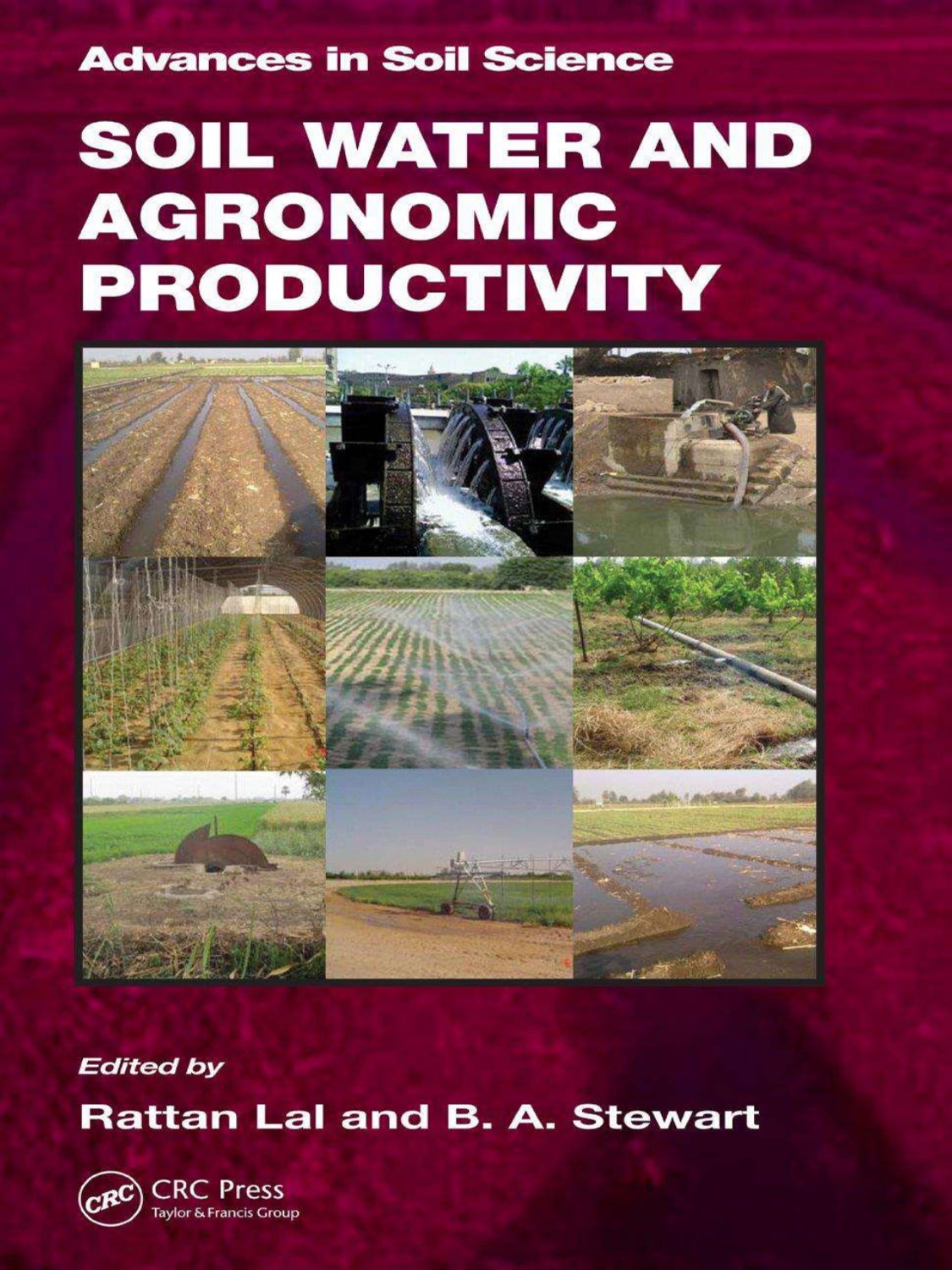
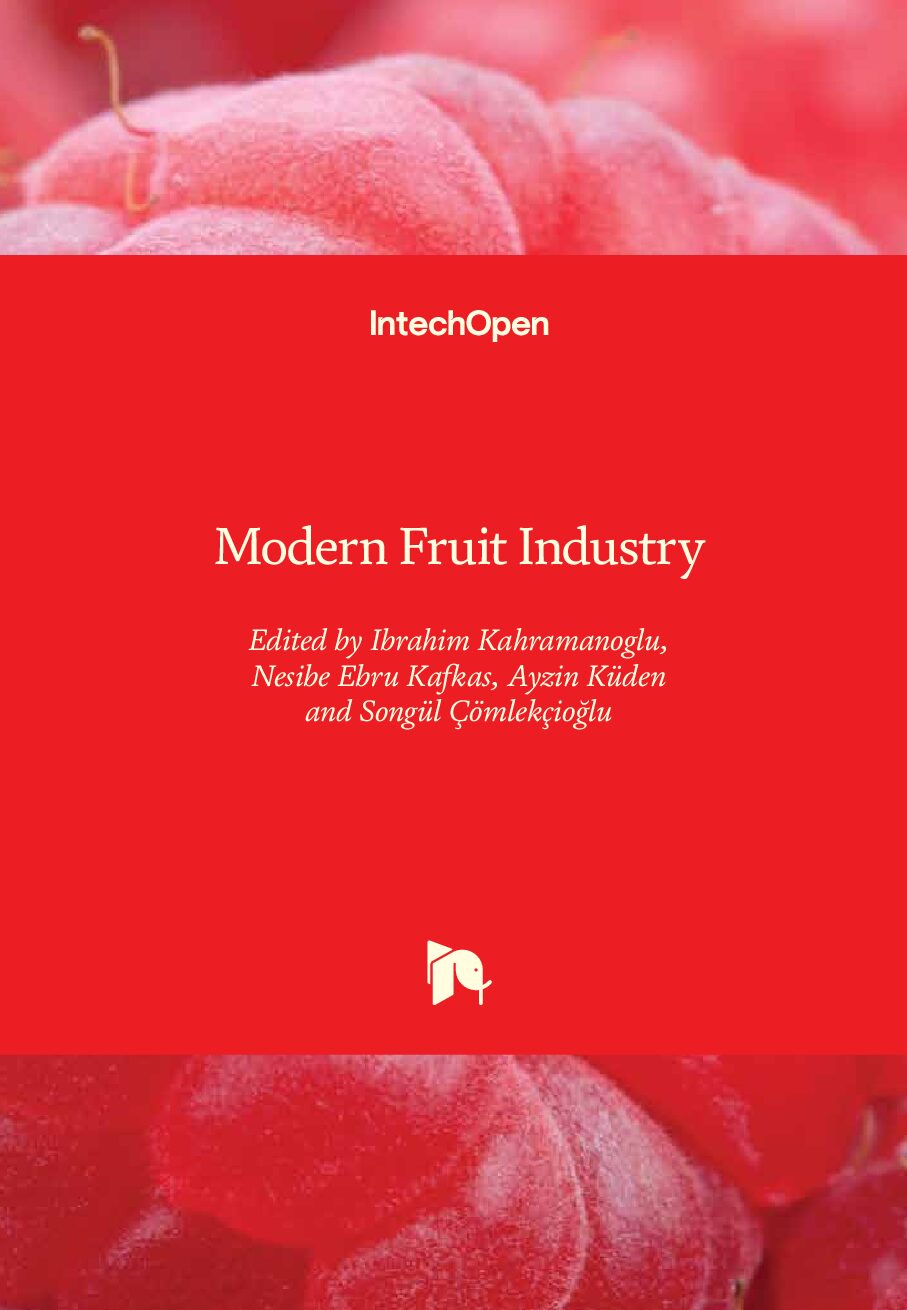

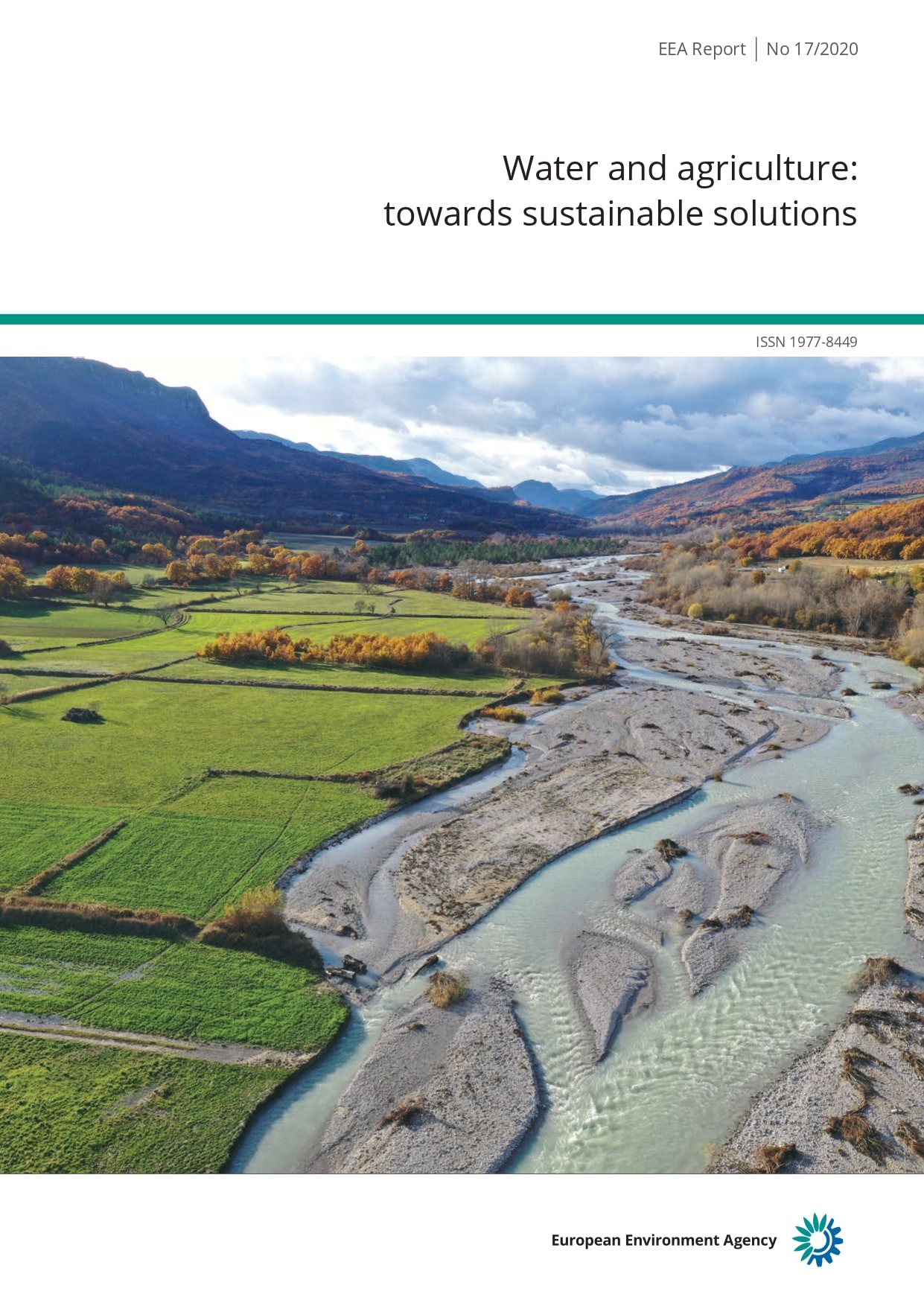
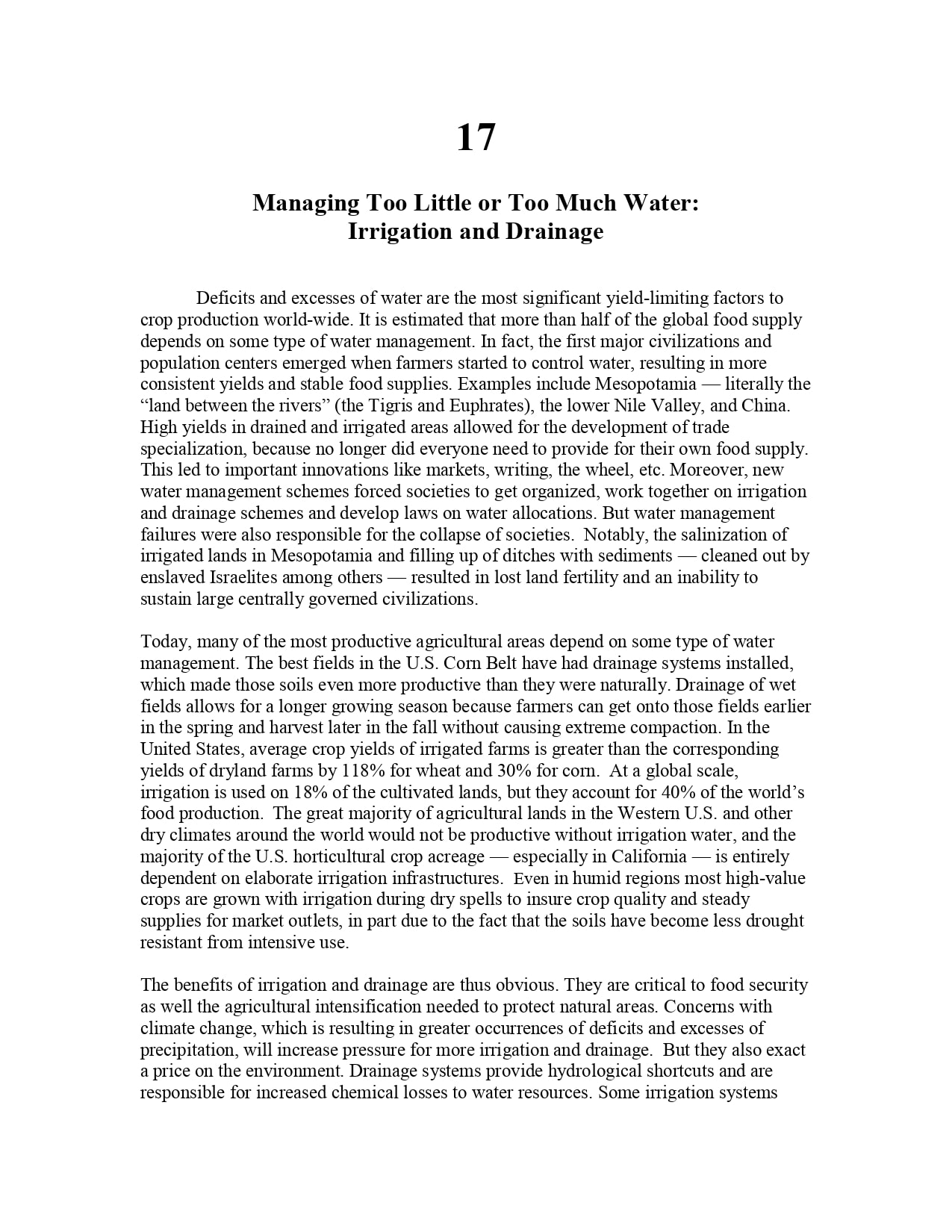


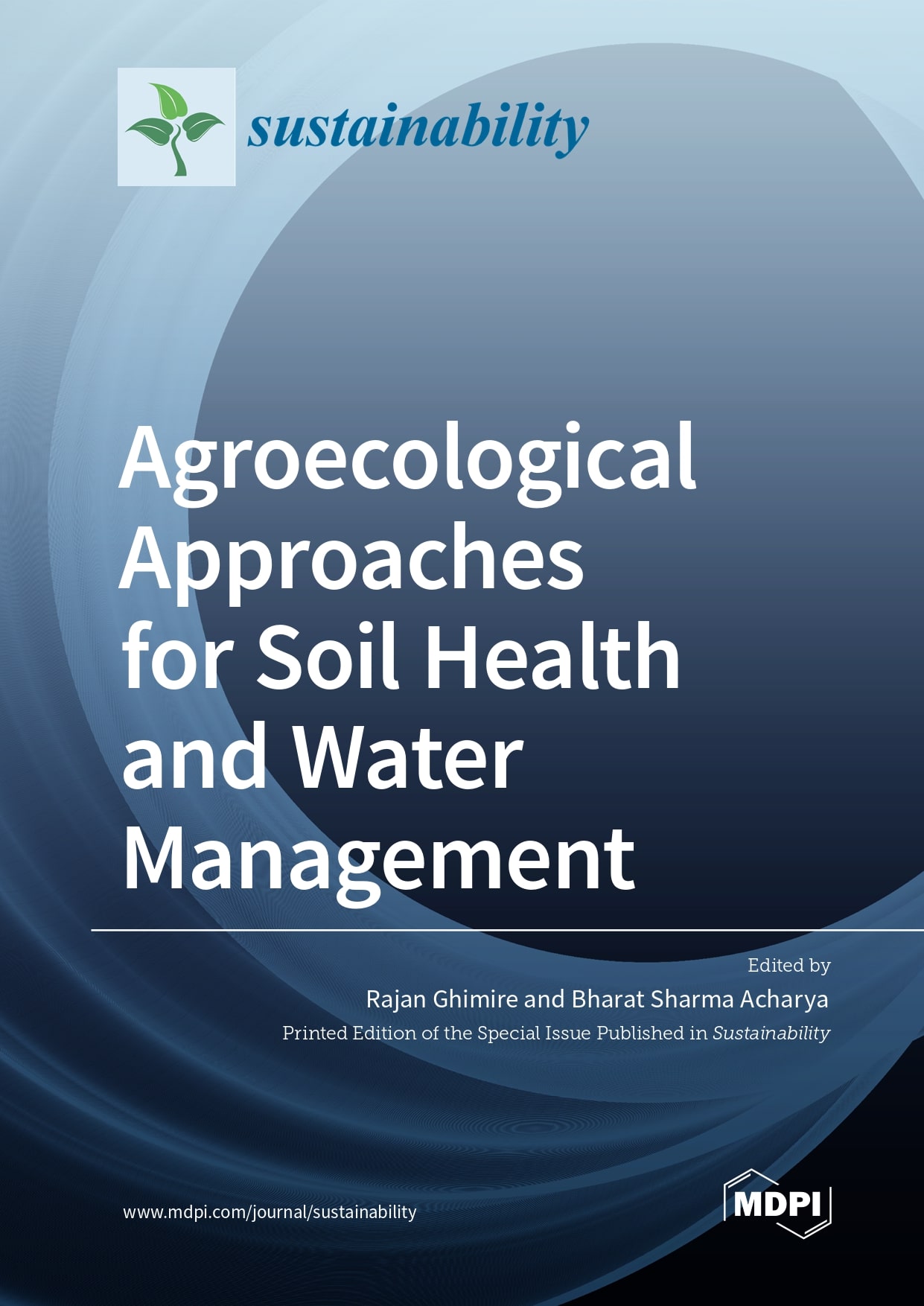
Reviews
There are no reviews yet.